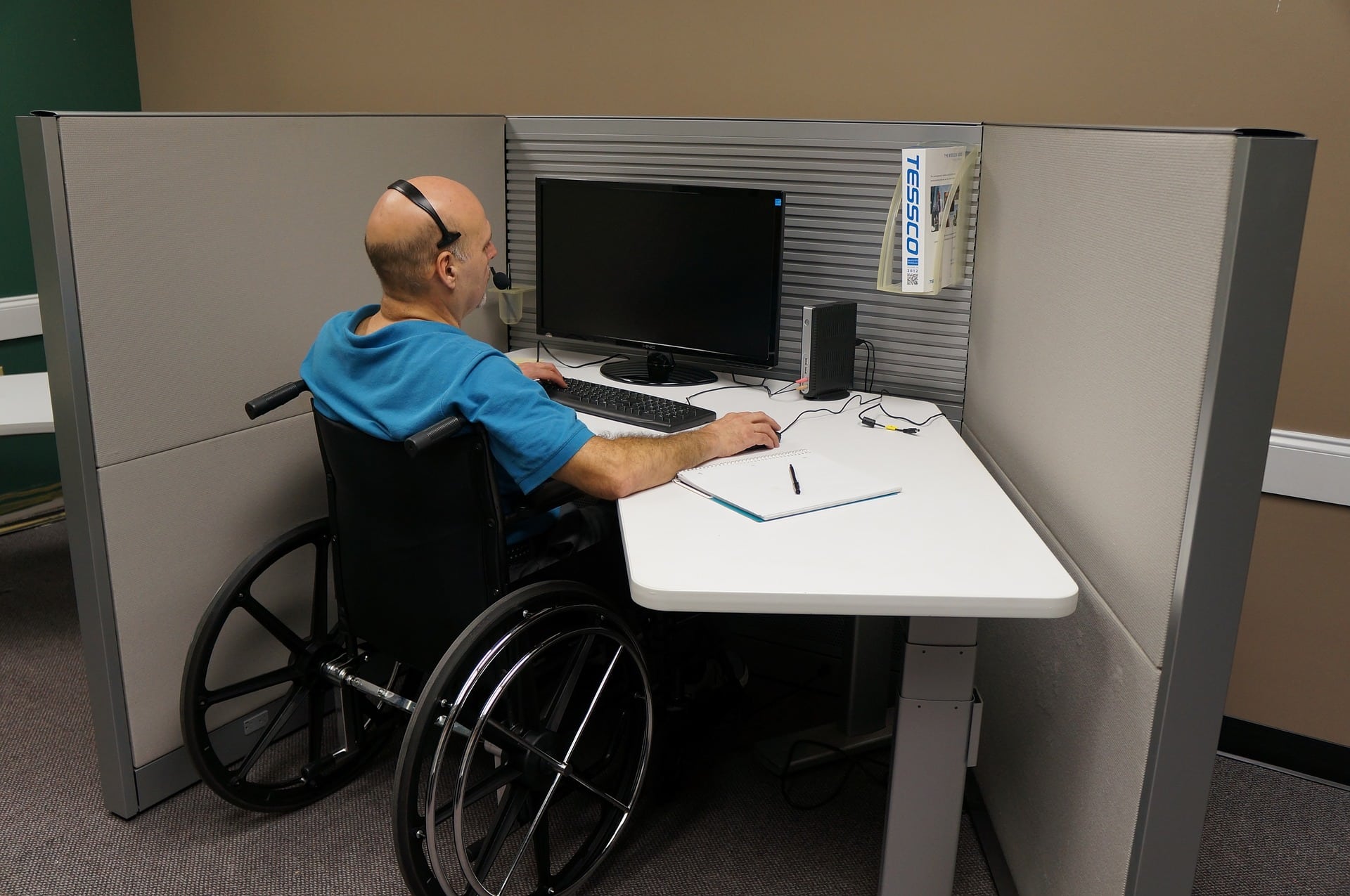How Much Emergency Preparedness For Disabled Employees Actually Costs
- Jul 26, 2017
- By Greg Artzt
- In Uncategorized

Emergency preparedness accommodations for the disabled aren’t as costly as they’re made out to be.
Since the birth of the Americans with Disabilities Act, much has evolved. Supermarket aisles have expanded, schools have ramps, and you can now get on a bus in a wheelchair – something that wasn’t so easy 27 years ago. While this is all progress, our current corporate culture still lags behind in making our world one that’s accessible for everyone.
The biggest problem, surprisingly, may be that partisan against those with impairment still exists for employers. Many organizations feeling to hire someone with a disability means large sums spent on accommodations. The unemployment rate for impaired individuals was a whopping 10.7 percent in 2015, which doesn’t include those that have given up looking for jobs or those who never even entered the job market. That’s twice the amount of unemployment for those without impairment at 5.1 percent.
While hiring a person with a disability comes with many contingencies and aspects to consider, a federal study showed the average cost to be about $200, with one in five costing nothing at all. Many of these office alterations can also act safety measures, making the emergency preparedness for your office inclusive to those with impairments.
Making sure your organization has the right emergency preparedness in place to cater to disabled employees includes risk evaluation and extensive knowledge of legal and regulatory players, but studies have found the costs are not astronomical.
For example, the Job Accommodation Network (JAN), completed a study showing that workplace accommodations are low cost and also positively affected the workplace in more ways than one. In one instance a product technician with a chemical sensitivity was having breathing issues at the office because of chemicals used in production. To accommodate the employer equipped this technician with a face mask, ear plugs, lab coat, and gloves, which were already available from another department. This alteration cost the organization $0, but assisted this employee with their medical issue and increased emergency preparedness when it came to chemical spills.
While this is just one example, modern technology now makes it easier for workplaces to design a corporate culture that feels built for the disabled employee – instead of one only built for only the majority. Offices with disabled employees should harness these advancements to increase emergency preparedness and make everyone feel safe.
For example, offices are discovering more and more that a Mobile Emergency Notification System, is the most cost effective and efficient way of safety management. What’s also helpful, is their multifaceted approach to safety makes it versatile enough to accommodate impaired employees as well. Hearing impaired employees can get visual mobile alerts right on their phones instead of being bypassed by alarms. Also, the two way communication on mobile safety systems allows for disabled employees to communicate with authorities and office administrators in real time during an emergency.
While accommodations like installing ramps can be a few hundred dollars or more, many others are virtually cost free. Proper planning, assigning a buddy system, training sessions, and running regular emergency drills to test procedures, can go a long way in increasing the emergency preparedness for the impaired, and those that aren’t, in your office. Most of what can and needs to be changed are methods and mindsets.
The low cost hiring and creating a safe place for disabled employees exposes the overlooked issue that the problem with disabled individuals isn’t medical, it’s societal. Individuals with disabilities should feel just as safe as those in your organization without and a hiring decision should never be effected by a false assumption that an impaired person can’t keep up.
While there has been much progress since the enactment of ADA, there’s still much to be done. If we all work together we can create a world with an even playing field that’s both accessible and safe for everyone.







